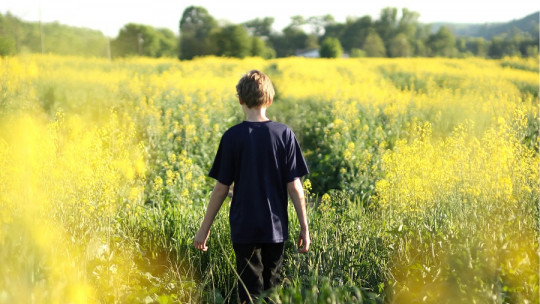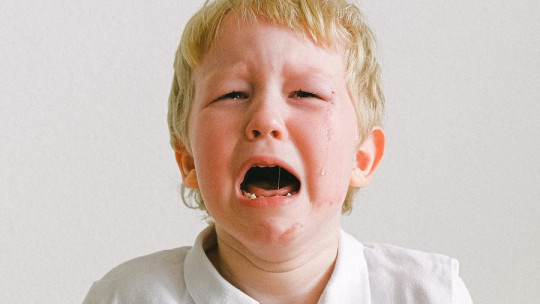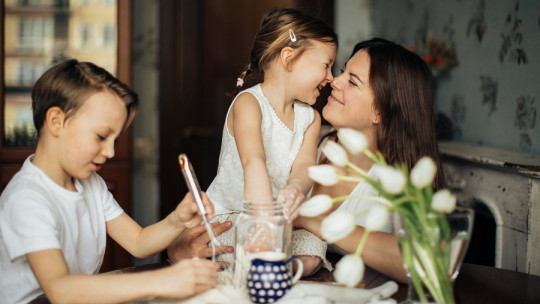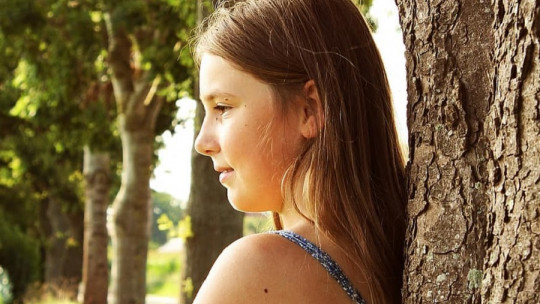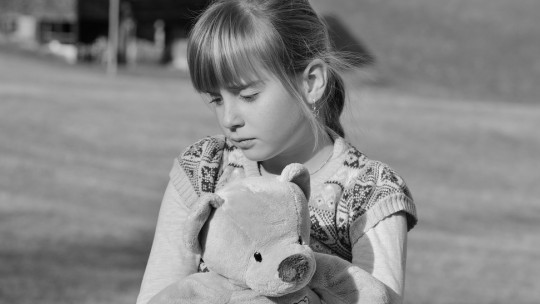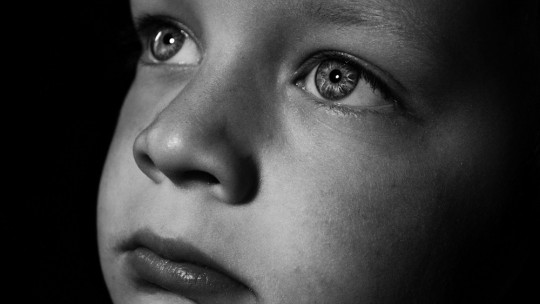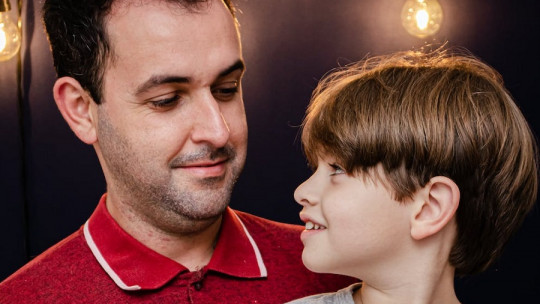Resilience is the ability that people develop to face difficult, frightening, painful or disappointing situations or events without collapsing or breaking down.
On the other hand, resilience is built from those of internal and external experiences , which in turn are mediated by the environment. Given that, it is not surprising that this set of capabilities can be trained and developed. In fact, they have been since childhood.
Tips to promote the development of resilience in boys and girls
Below we will see five guidelines to facilitate the development of emotional intelligence and therefore resilience in children.
1. Facilitate experiences
Social interaction is the vehicle through which we understand the world and ourselves. It also promotes autonomy and the ability to choose, characteristics of a resilient person.
attachment experience
With a secure attachment bond, The child has the freedom to explore the world because he knows that there is a reliable, stable and close figure ; This will be expressed in the way you react to difficult experiences.
Therefore, verbal and non-verbal contact with attachment figures is essential: caresses, eye contact, tone and the words we choose. Resilience is the way we manage affection, which is why secure attachment directly affects our emotional regulation throughout life.
Game experience
It is essential, since symbolically allows you to live various experiences with different emotional charges ; These affect emotional development, providing spaces to, among other things, tolerate frustration, solve problems or generate ideas.
Social experience
Having the possibility of exploring various spaces outside the home such as parks, shops, going to the supermarket and of course the school context, involve interaction with different types of people in different situations, thus cognitive flexibility develops a fundamental factor for facing crises and regulating emotions, since it allows adaptation to changes.
2. Be an example
The children They learn from the way adults react to adversity They are born observers, and that is a great source of meaningful learning.
Many times we think that because we are small they do not notice our emotional reactions, but precisely the same ones are the ones that they grasp most easily. If we react disproportionately when faced with a problem, say catastrophic words or have defeatist attitudes, the child learns that such intensity and type of emotion is assigned to these situations.
If, on the other hand, we give rise to emotions that occur in a regulated and solution-focused manner, the child will also internalize it. For example, instead of saying: now what are we going to do, there is no way out! We can say: “although right now we don’t know what to do, we will surely think of something.”
3. Validate emotions
Many times we believe, because we have been taught that way, that negative emotions should not be expressed If a child gets angry we say “don’t get angry”; If she is crying, “don’t cry”; If something has happened to you that affects you, “nothing happens”; If they are afraid: “don’t be afraid”… and we teach them that feeling that type of emotion is bad and that the way to solve it is by keeping it quiet, so they don’t learn to manage these emotions or give them a place in a natural way in their experiences.
We validate emotions by helping emotional expression: “I guess you are angry or sad”, “you are afraid”… In addition, we must give them a space where they can freely express the emotion, and ask: “What happened?” “What do you think?”, “Do you feel any discomfort in your body?”… Thuswe also help to discriminate emotions : that they learn to differentiate between anger, sadness, frustration, etc.
4. Guide the emotional experience
Once the emotions have been validated, we can suggest alternatives for managing them
We can give examples of when we have felt fear: “Would a hug help you relax a little?” Once the physiological activation has relaxed a little (for example through a hug or a caress or drinking a glass of water) , we can propose a solution: “When do you feel safe and brave?” Depending on his or her response, we can integrate him or her into the situation, and if he or she does not know, we can give him or her examples where we have seen confidence in him or her; this will help him or her find resources. internal ones that facilitate coping.
Finally, once the child has identified what he or she feels and his or her resources, we can propose actions that help regulate the intensity of the emotion For example, do breathing exercises, do some reading, and concrete actions that increase security. If we take the example of COVID-19, it could be hand washing instead of don’t touch! Guiding the experience does not imply being directive but rather proposing, asking and making decisions together.
5. Practice empathy
We can also learn from the experiences of others, this includes developing listening and generosity. In a manner adjusted to the child’s age, we can also tell them what is happening to us when we are going through a difficult time, and allow them to contribute something, whether it is practical help or some idea to improve the situation.
The same way, share experiences of other children who have gone through difficult times and have managed to overcome it or provide experiences (for example, sharing food, toys or time with people who are experiencing difficulties). Metaphors are also an excellent vehicle to put yourself in someone else’s shoes, through stories, resilient characters with whom you can identify.
Are you looking for psychological support?
If you are thinking about having professional psychological help, whether to face problems in your life or to receive advice, contact me. On this page are my contact information.

